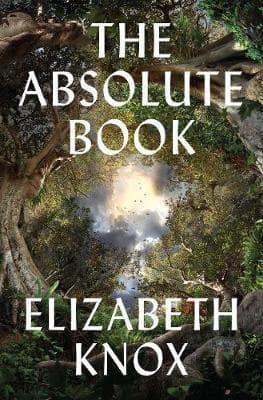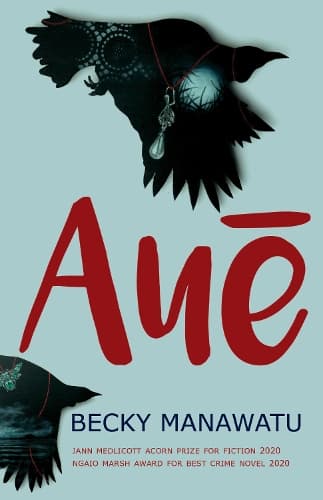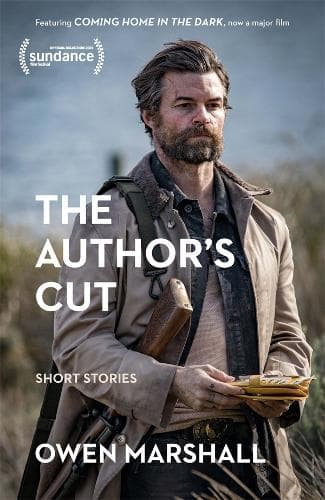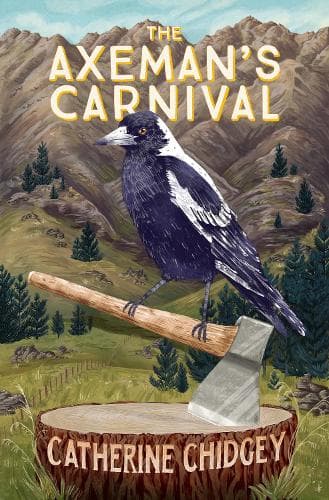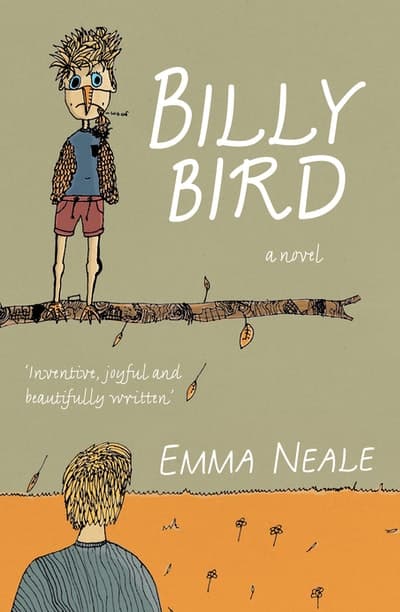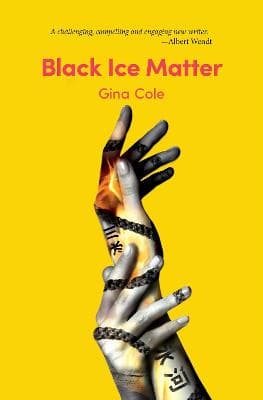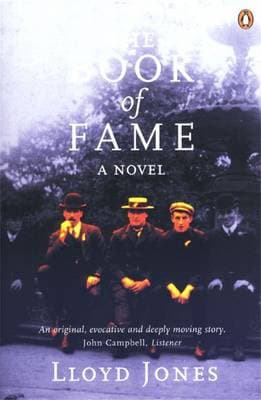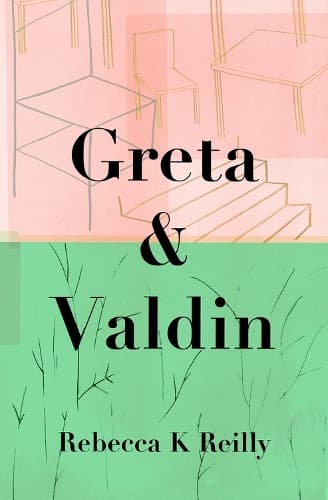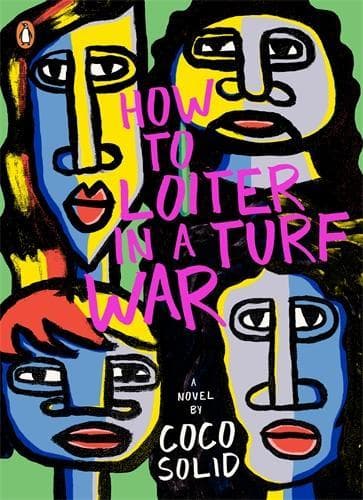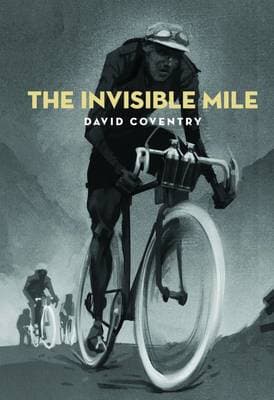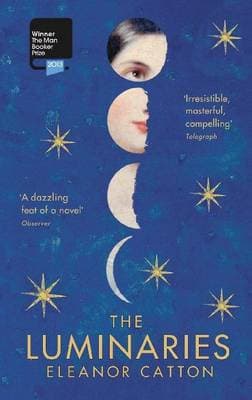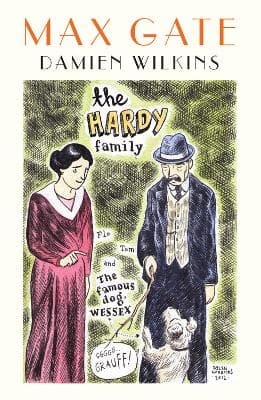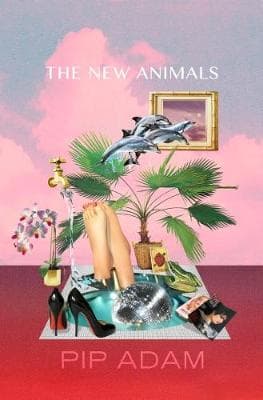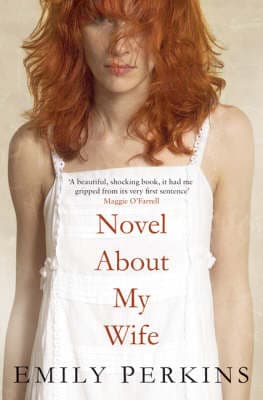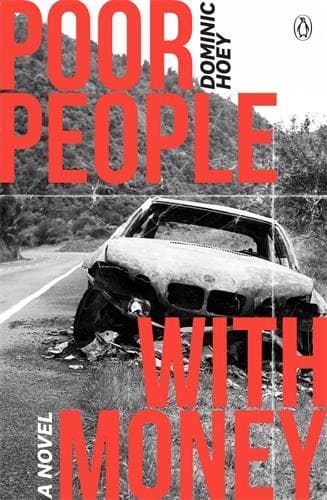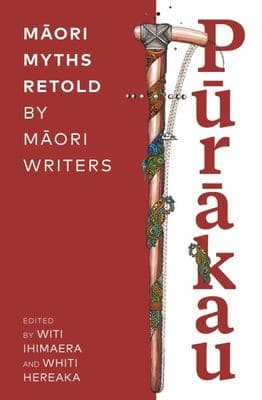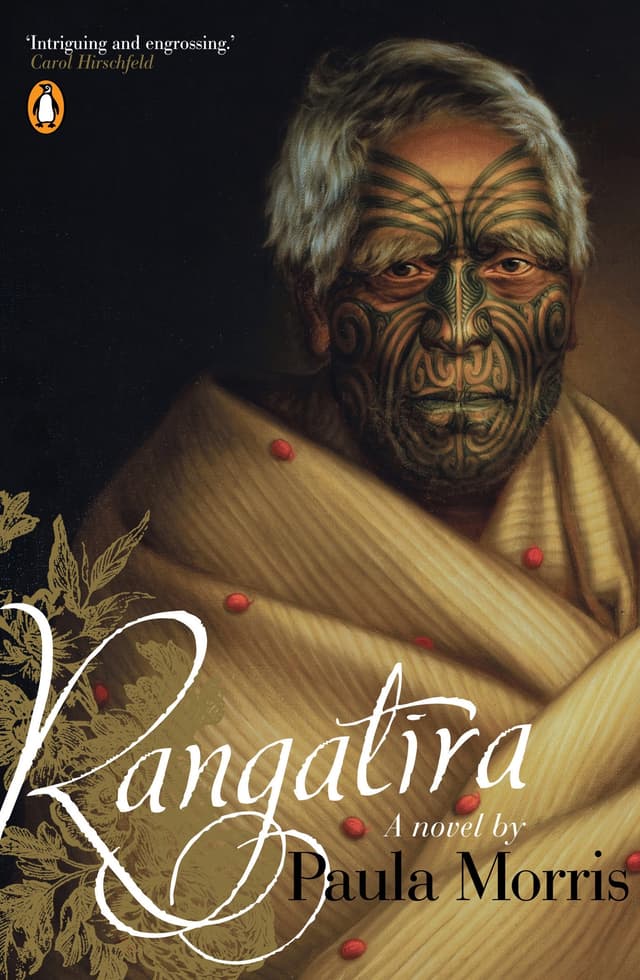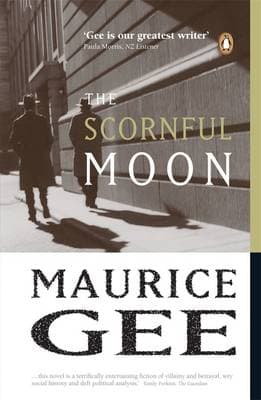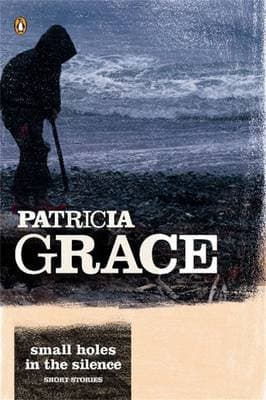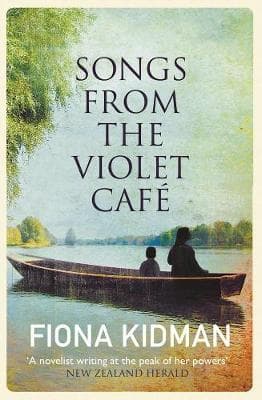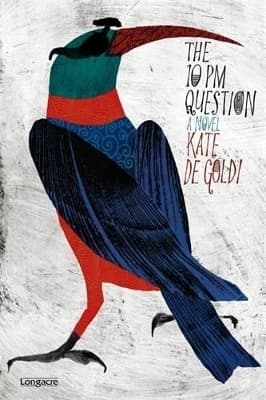25 new, New Zealand classics published since 2000
When thinking of classic fiction from Aotearoa, works by Janet Frame and Keri Hulme, published last century might come to mind. But what about New Zealand fiction published in the last 20 or 25 years? Book lover Tilly Lloyd trawls her bookshelf to explore the best NZ fiction published since 2000.
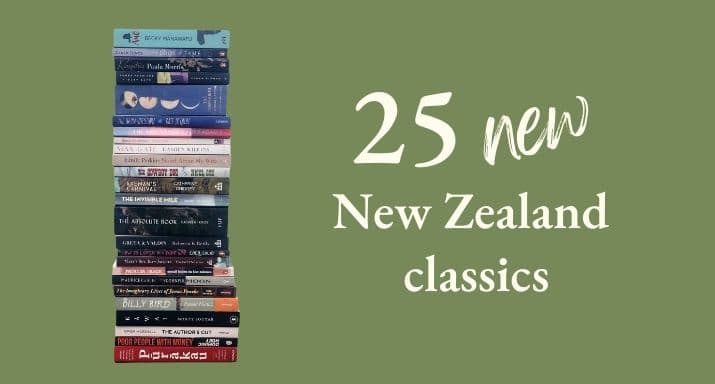
By Tilly Lloyd
Predict 25 new classics from Aotearoa New Zealand publishing since the year 2000, still in print—a nice calm low-GI project that won’t piss anyone off. I pour my first Laphroaig of the job; a handy GPS in the rabbit warrens of Aotearoa New Zealand lit.
We loosely defined classics as richer more nuanced books that will stand the test of time, are significant, probe our national psyche, shape us as Aotearoa New Zealand readers or inform other writers.
A book’s re-discovery and ongoing resonation is a bit tricky to pin down. It’s bigger than a backlist-hunger or an excited tip off by writers, or booksellers, or reviewers. Remember when Kate De Goldi introduced us to Sydney Bridge Upside Down by David Ballantyne (Text Publishing edition, 2012)? She said “Sydney Bridge Upside Down is the great unread New Zealand novel—a gothic thriller, a coming-of-age story and a sinister family tragedy.” Until then it had slumbered 44 years, about the same length of time as American writer John Williams’ Stoner waited post publication before becoming a bestseller.
I find myself running a huge 25-year bestseller report on Unity Book’s remote desk. The front page is pretty hectic but I read avidly from the back.
I slip the kids’ and poetry to the side. Slip them back in. Because, resonance. Every time I’m in a restaurant I think of Vincent O’Sullivan’s Lucky Table. Every time I catch a cab I think of Mahy. No. Take them out, just for this project; it’s already unwieldy. So, no children’s books or poetry. This listicle is fiction, and the fiction here has enough exceptionality and substance and gravity, no matter the oxygen levels of the future. I toss the spreadsheets aside.
The project produces other tensions too: first, some of the fiction-most-likely-to-become-classics were published before the year 2000; and second, the inevitability of rockstar dominance, that old solid canopy of authors with long tracks and awards. There are more than 25 rockstars of Aotearoa NZ fiction, and everyone sees whippy under-canopy too.
At least another 25 novels nudged to get through—and may well have if I were at a larger, luckier table and with an older Laphroaig.
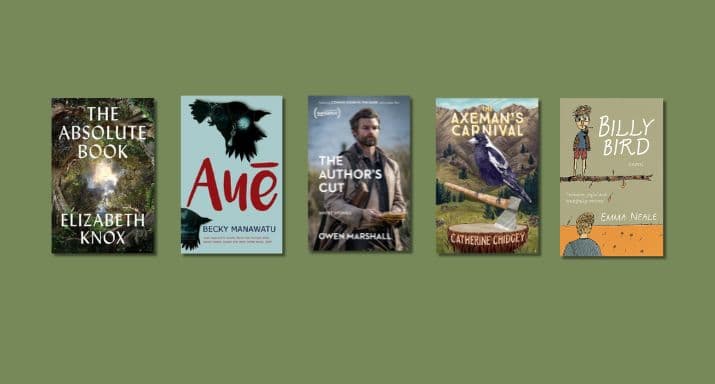
The Absolute Book by Elizabeth Knox, Te Herenga Waka University Press/Michael Joseph. A daringly complex, epic fantasy about a revenge killing, a mysterious scroll box that has survived centuries of fires, and the book that changed everything. “Lessing, Le Guin, Knox.” Pip Adam
Auē by Becky Manawatu, Mākaro Press. “The best book of 2019 – and it really is immense, a deep and powerful work, maybe even the most successfully achieved portrayal of underclass New Zealand life...” Steve Braunias, Newsroom
The Author’s Cut by Owen Marshall, Penguin Random House. “From human kindness to powerful nastiness, from beauty to dreariness, there’s a whole lot packed into this collection. ‘Coming Home in the Dark’ is a lively and rich read. Don’t fly into a rage and drop the book, don’t storm away from the Volvo. Keep reading.” Charlotte Grimshaw, Newsroom
The Axeman's Carnival Catherine Chidgey, Te Herenga Waka University Press. “I love the way the author ratchets up the sense of impending violence on a back-country farm, effortlessly crossing back and forth between the human world and the wild magpie world … It’s a ripping yarn, and it’s changed the way I look at birds in the countryside – the ones who are looking at me, anyway.” Don McGlashan, The Spinoff
Billy Bird by Emma Neale, Vintage. “Grief is the emotion that throws all others into relief, stripping away ego and pretentions. Novels that revolve around grief are not rare. But what Emma Neale has managed to produce in her Ockham Awards shortlisted novel, Billy Bird, certainly is: an often witty, frequently whimsical, domestic novel about a family whose pain is pulling them apart.” Emily Brookes, Landfall Review online
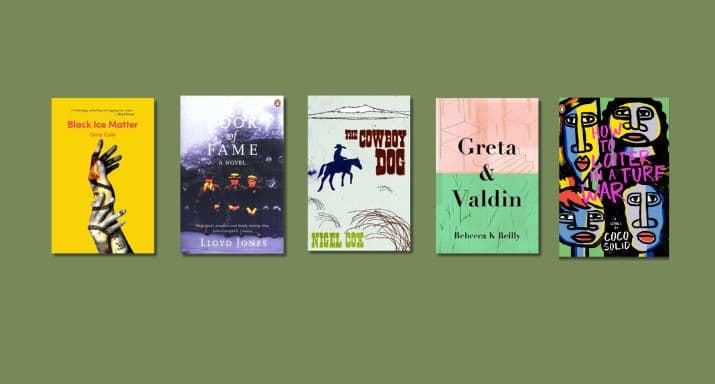
Black Ice Matter by Gina Cole, Huia Publishing. “Aotearoa New Zealand has yet to hear a voice as striking as this one from its Pasifika diaspora: Fijian-infused, queer-inflected, and crafted with legal precision.” Selina Tusitala Marsh
"It would be a good book on any reckoning but as a first book it is simply outstanding. This collection of thirteen short stories shows an assurance of tone, a clarity of style and expression, and an ability to handle different voices, that would be the envy of most more experienced authors." Nicholas Reid, StuffThe Book of Fame by Lloyd Jones, Penguin. Lyrical first-person plural. All Black prehistory: the 1905 international rugby tour. Restraint within fame.
“… sport is only an incidental part of its canvas. Jones's real subjects, alternatively, are myth, historical coincidence and deracination.” D J Taylor, IndependentThe Cowboy Dog by Nigel Cox, Te Herenga Waka University Press. “Words and the objects they evoke are talismans and terrors. Reality is singularly plural, and Cox the supreme shape-shifter delights in its merging, sometimes clashing levels. The plot brims with mystery, fantasy, parody, hilarity, tragedy, the geography of Ponsonby, and a potted survey of country and western songs. Like its precursors, The Cowboy Dog juggles our belief and disbelief with astonishing dexterity.” David Hill, Dominion Post
Greta & Valdin by Rebecca K Reilly, Te Herenga Waka University Press. “Reilly cleanses the reader’s palate with regular and astringent, Underberg-grade shots of self-deprecating humour, relatable insights, and antics that make you lol. Actual lol.” Becky Manawatu, Pantograph Punch
How to Loiter in a Turf War by Coco Solid, Penguin. Multimedia artist AKA Jessica Hansell tells the cinematic story of three friends beefing with their own city, Tamaki Makaurau. “... more novella in volume and a connector between the genre-dissolving anarchy of zine culture and more traditional literary work.” Angelique Kasmara, Kete Books
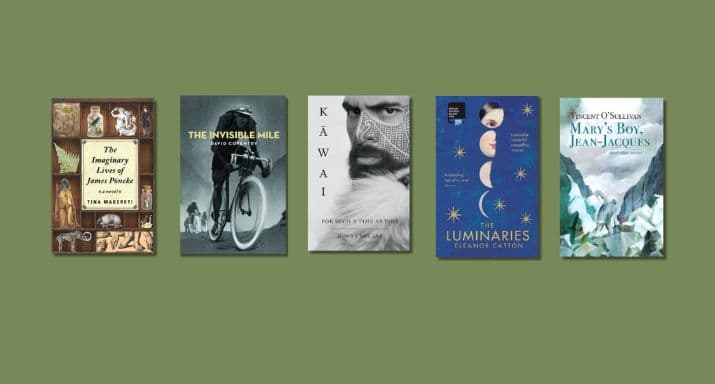
The Imaginary Lives of James Pōneke by Tina Makereti, Penguin. “ … is many things: part unsparing colonial reckoning; part fraught coming-of-age memoir; part PT Barnum-inflected tale of spectacle, showmanship and the picaresque." Maggie Trapp, NZ Listener
The Invisible Mile by David Coventry, Te Herenga Waka University Press. Set in 1928 when the Tour de France ran on cocaine and Beaujolais, and NZ’s Harry Watson battled the race, and a 5th rider paid homage to World War I, and surrealism held hands easily with realism.
Kāwai: For Such a Time as This by Monty Soutar, David Bateman. "Just as truth can sometimes be stranger than fiction, Dr Monty Soutar has demonstrated in this impressive first novel that history, likewise, can be more confronting, and more challenging, than fiction." Dan Rabarts, Kete Books
The Luminaries by Eleanor Catton, Te Herenga Waka University Press. Catton is the super-king bed of Aotearoa NZ fiction. Enough room for wondering, yet tea and toast within reach. Our biggest stayer. Alive with 19th Century fine linens and insight, some with a little mud on the hem. Another reason: the sudden widespread use of the word egregious started with Catton’s Man Booker speech.
Mary’s Boy, John-Jacques and other stories by Vincent O’Sullivan, Te Herenga Waka University Press. “O’Sullivan builds his stories slowly. His words are measured, his sentences often truncated, his plot lines as unhurried as a walk on a stony beach. He reveals the weight of his subject with seemingly minimal effort. Only at the end of each story do we recognise his extraordinary grip on our attention.” Sally Blundell, Aotearoa New Zealand Review of Books
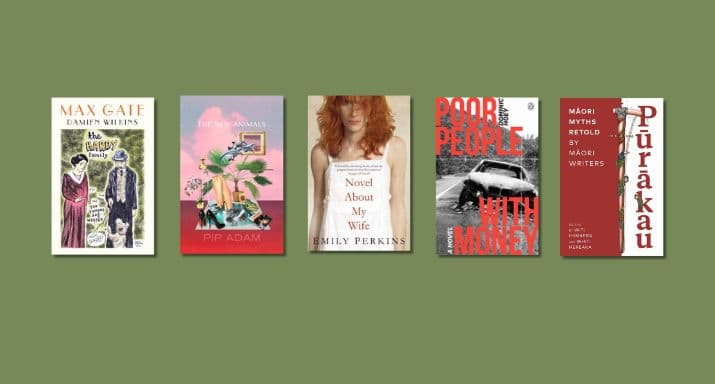
Max Gate by Damien Wilkins, Te Herenga Waka University Press. Wilkins imagines the last week of Thomas Hardy’s depressive life in 1928 through the eyes of Hardy’s real-life wry, perceptive housemaid, recounting the dramas downstairs about how he is to be buried. “Wilkins tells more than the story at hand, raising questions as to whose voice is granted authority in a narrative and how a legend is remembered.” Kirkus Reviews
The New Animals by Pip Adam, Te Herenga Waka University Press. “ ... built from parts so entirely distinct that for some readers the book shifts from one genre to another. . .The effect of this change in narrative direction is, as Philip Mathews has written, genuinely shocking. It is an experience of the ground falling away beneath the reader, an experience repeated several times in Adam’s next novel, Nothing to See.” Justine Jungersen-Smith, Newsroom
Novel About My Wife by Emily Perkins, Bloomsbury. “Tom's self-deprecation is superficially attractive, and he appears the attentive, self-aware modern man, but as Ann's fears about an unseen stalker and manic nesting take over their lives, he fails to see how intent she is on self-destruction. Perkins expertly depicts a relationship doomed to jump the tracks and shows with compassion how love masks the warning signs.” Isobel Montgomery, The Guardian
Poor People with Money Dominic Hoey, Penguin. “ … has been compared to Trainspotting, Breaking Bad and Once Were Warriors, and it does deserve to sit in that pantheon of works that expose the desperation and breakneck choices forced by poverty. But it’s also a Mt Albert Wuthering Heights.” Ruth Spencer, Kete Books|
Pūrākau: Māori Myths Retold by Māori Writers edited by Witi Ihimaera and Whiti Hereaka, Penguin. “Ihimaera and Hereaka have created an anthology of pre-existing versions and newly commissioned works. At 400 pages, it is the most comprehensive recent encounter with the characters and stories of Māori oral culture, reconfigured for a new world. The updates can be startling. In Maui Goes to Hollywood, David Geary takes the archetypal trickster, and couples him with Elvis and Marilyn Monroe, Santa Monica beach, ATMs, the Warriors, cocaine, and the Manly Sea Eagles. It is an audacious revision, which captures perfectly the mythic hero's personality and energy in a bright pop-art, post-modern explosion . . . Recontextualisation is an important feature of the anthology and a vivid tradition is revealed by juxtaposition.” David Herkt, Dominion Post
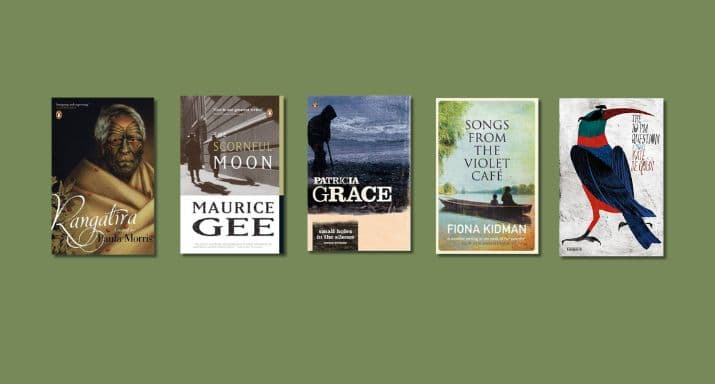
Rangatira by Paula Morris, Penguin. This is the powerfully realised story of Morris’ ancestor, Ngati Wai chief Paratene Te Manu, ruminating about his life while sitting for a Gottfried Lindauer portrait, particularly his journey from his home on Hauturu (Little Barrier Island) to Victorian England in 1863.
The Scornful Moon by Maurice Gee, Faber. The contemporary account of a 1930s NZ political scandal told through a thriller co-authorship with Gee’s journalist narrator Sam Holloway. “. . this novel is a terrifically entertaining fiction of villainy and betrayal, wry social history and deft political analysis” Emily Perkins, Guardian
Small Holes in the Silence by Patricia Grace, Penguin. “In 2006, she brought out her fifth collection of new short stories, Small Holes in the Silence, showing she was still a master in that genre.” Lawrence Jones, Otago Daily Times
Songs from the Violet Café by Fiona Kidman, Vintage. “Fiona Kidman is a novelist writing at the peak of her powers. With a formidable body of work behind her, Songs from the Violet Cafe stands out as a novel of consummate skill.” Elspeth Sandys, The NZ Herald
The 10pm Question by Kate De Goldi, Longacre Press. “Tween angst, language fun; very layered, very engaging.” Harry Ricketts, Nine to Noon, Radio NZ
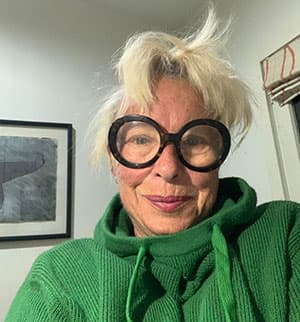
Tilly Lloyd is a director and former manager of Unity Books Wellington, presently gardening and being a general bookaholic in Nelson.
